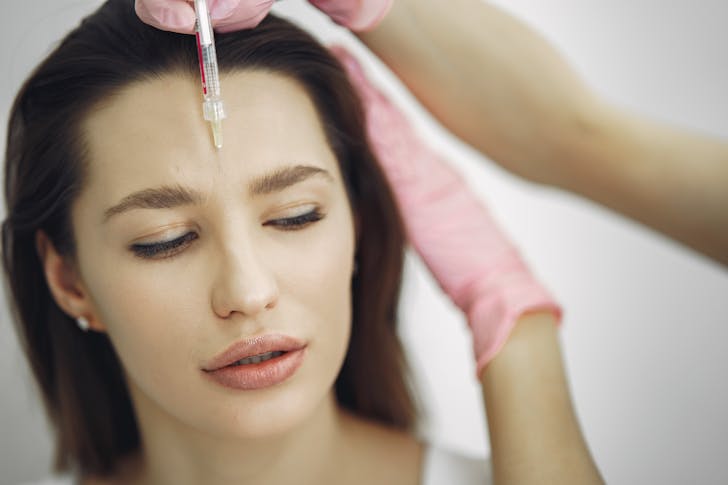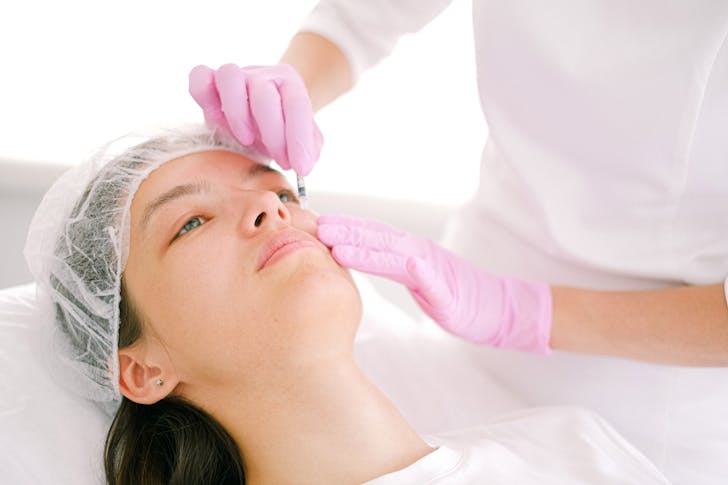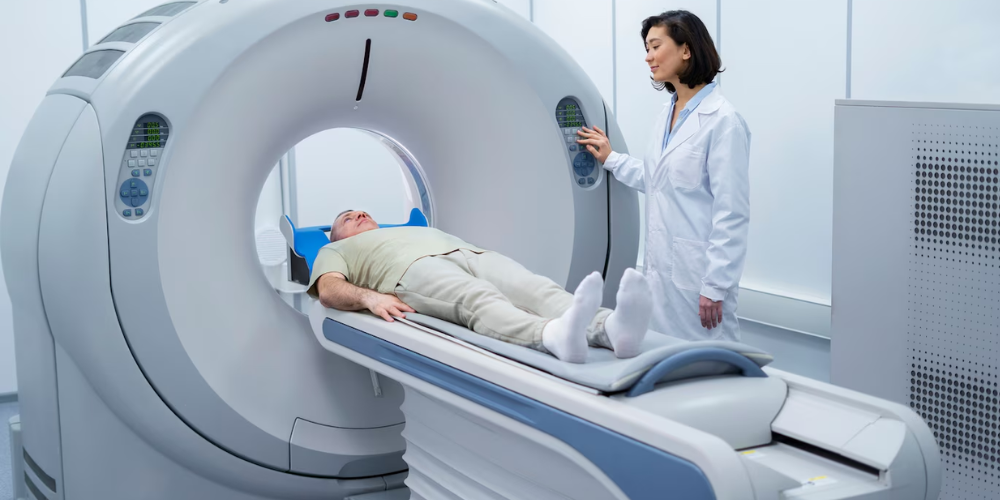Tweakment dysmorphia is a term that is getting more attention as people turn to non-surgical cosmetic procedures, or tweakments, to “perfect” their appearance. These procedures, like fillers or Botox, are designed to subtly enhance one’s features. But for some, it becomes less about enhancing and more about constant, compulsive change.
When tweakments fuel body dysmorphic disorder (BDD), people develop a distorted view of themselves, seeing flaws where none exist or exaggerating minor imperfections. However, this is not just about vanity. It is a serious mental health concern. Understanding tweakment dysmorphia means looking at how and why it happens and learning ways to break free from its grip.
How Does Tweakment Dysmorphia Start?
Tweakment dysmorphia usually begins innocently, with someone seeking a subtle boost - a touch of lip filler, a bit of wrinkle smoothing. However, for some, these small changes become addictive. What starts as one tweakment often leads to another and another.

Gistavo / Pexels / Social media amplifies tweakments. As influencers constantly show flawless, filtered faces and perfect bodies, they set unrealistic expectations for their followers.
So, for people with BDD tendencies, tweakments provide a way to “fix” what they think is wrong. But here is the catch: The more tweaks they get, the less satisfied they feel. This leads to perception drift, where one’s self-image starts to distort.
Suddenly, their natural look no longer matches their self-perception, and the drive to “correct” themselves intensifies.
The Psychological Toll of ‘Perception Drift’
Perception drift is a gradual but powerful shift in how someone sees themselves. It is like looking at a familiar picture that slowly changes without you realizing it. Eventually, people lose track of their original appearance. In cases of tweakment dysmorphia, they start chasing an image of perfection that becomes more extreme with each tweak.
Thus, this psychological shift can harm self-esteem. People who suffer from perception drift may feel trapped in a cycle of dissatisfaction. They begin to believe that tweakments are the only way to feel good about themselves.
Why Are People More Prone to Tweakment Dysmorphia Today?
Tweakment dysmorphia has surged alongside the rise of non-invasive cosmetic procedures. Botox, fillers, and laser treatments have become increasingly accessible, making it easy to change one’s appearance without the recovery time or cost of surgery.

Shvets / Pexels / With quick and inexpensive options, people feel encouraged to try just “one little change.”
This accessibility can lead to a skewed perspective. When tweakments become routine, people may forget what they looked like before. This fuels the drift between one’s actual appearance and their perceived flaws. Moreover, people start to believe they need these changes to feel good about themselves.
As tweakments become more normalized, so does the compulsion to use them. Thus, it creates a fertile ground for tweakment dysmorphia to grow.
What Are the Signs of Tweakment Dysmorphia?
One of the key signs of tweakment dysmorphia is an inability to feel satisfied with one’s appearance after a procedure. If someone constantly sees new flaws or believes they “need” another tweakment soon after the last one, they might be experiencing tweakment dysmorphia.
The condition also includes obsessing over small imperfections, checking the mirror frequently, and comparing oneself to filtered or edited photos.
People with tweakment dysmorphia might also withdraw socially, feeling ashamed or anxious about their appearance. They may feel distressed if they can’t get a procedure done immediately or feel overly anxious about what others think of their looks.
Recognizing these signs is essential. It is the first step in breaking free from the cycle.











